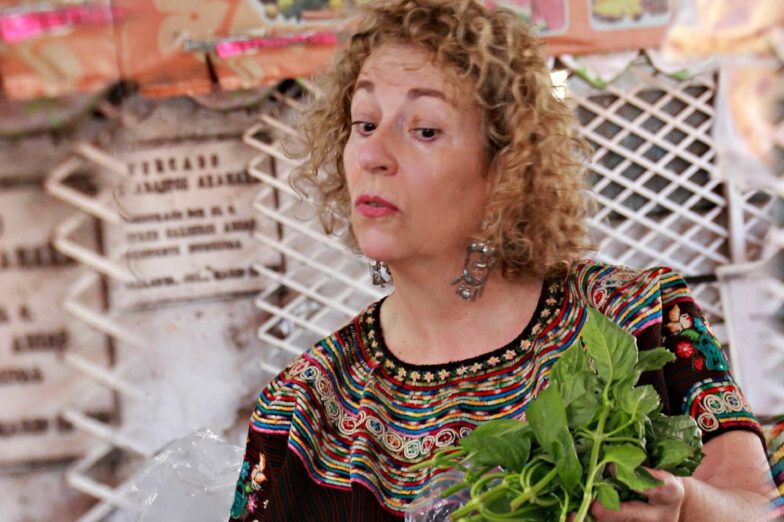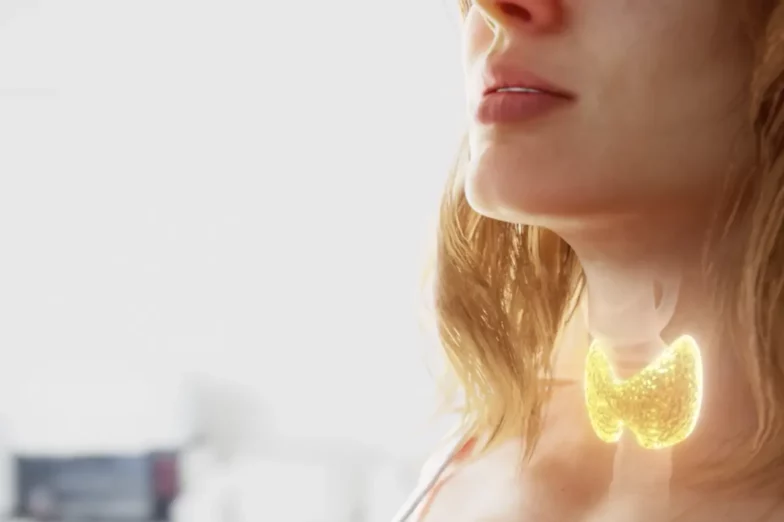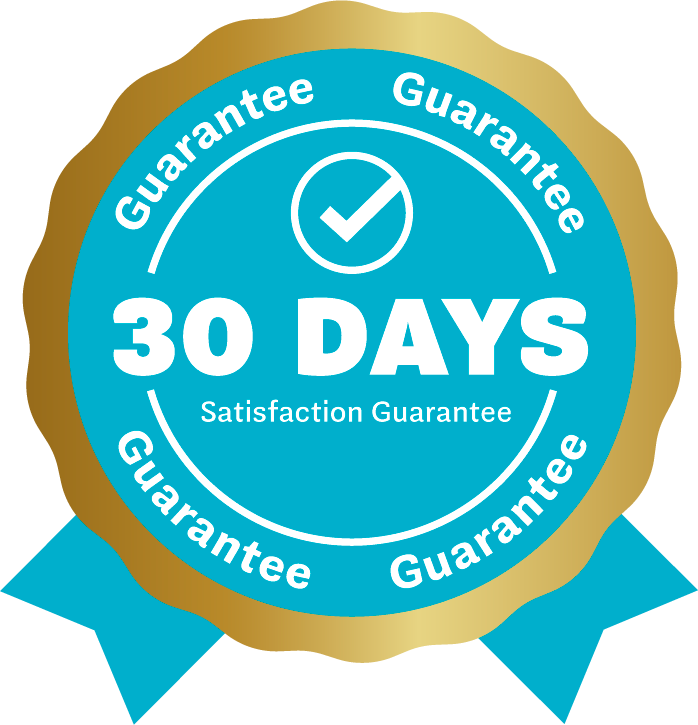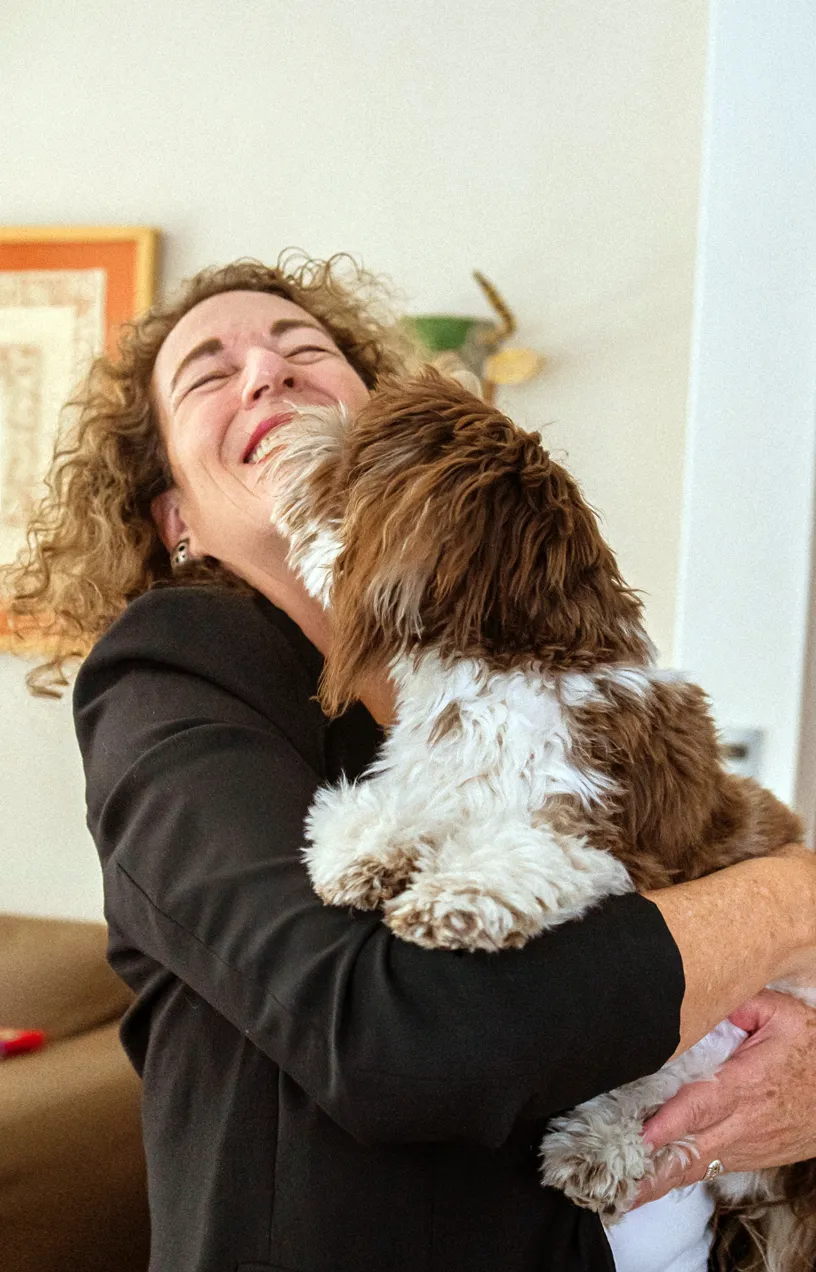Pranayama, (alternate nostril breathing) is good for PTSD and Mental Health
I teach alternate nostril breathing, (aka pranayama) to my clients and students in my clinical practice and certificate course on Integrative Medicine for Mental Health. I was excited to hear yesterday that the Former Secretary of State Hillary Clinton is practicing Pranayama, also called alternate nostril breathing. Breathing and walking in the woods to absorb the benefits of the sun and blue green rays of forest light are great ways to restore brain health and wellbeing after the rigors of any stressful period in one’s life.
Ancient yogic wisdom suggests that “if you control the breath, you control the mind” and Pranayama is easily taught to people of all ages to enhance their self-regulation. The Yogis have long known the benefits of these many practices and it was not until recently that biomedical science investigated some of the complex substrates underlying these benefits.
Pranayama exercises involve the alternation of breathing patterns to facilitate control of the Autonomic Nervous System, brain hemispheric dominance, and thus states of consciousness, including mood. These methods vary among different disciplines, including Hatha yoga, Kundalini yoga and Kriya yoga; however, whatever discipline is used, the practice of pranayama leads to gaining control over ultradian rhythm and can lead to brain hemispheric synchrony in which neither hemisphere dominates but both function coherently.
This contributes to trance states and integrated hypothalamic function and leads to a the balanced state of healing. It is only during deep trance states or integrated right/left hemispheric function that both nostrils are fully open.
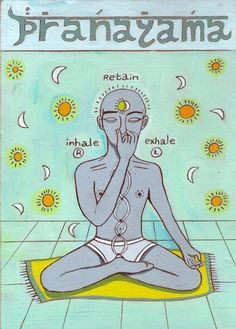
The nasal cycle marks physiological states and each right left nostril is contralaterally associated with the hemisphere it governs. When the right nostril is open the left brain is in its 90-120 minute cycle of ultradian dominance and the left nostril is related to the right brain.. Greater airflow in the left nostril correlates with the resting phase, and greater airflow in the right nostril correlates with the activity phase. The hypothalamus integrates and regulates these two physiological states of rest and activity.
With disruption of the Hypothlalamic-Pituitary-Adrenal (HPA) axis, the rest activity rhythms are also disrupted. This suggests that activities which re-regulate these rhythms—such as specific breathing exercises of yogic pranayama, specifically forcing the breath through only one nostril—stimulate the contralateral hemisphere and ipsilateral sympathetic nervous system via the hypothalamus (Shannahoff-Khalsa, 2007).
By ascertaining which hemisphere is dominant at any moment, one can also choose to change it though breathing exercises. By teaching these methods to clients, we enable them to relax more easily or to focus attention. A more active left hemisphere is more conducive to intellectual activity. For example, lying on the left side of the body, causes the left nostril sinus to fill and thus reduce right brain dominance and this enhances intellectual or work-related activities.
Lying on this side helps when people feel “spacey” or dissociated. Lying on the right side of the body, which yogis have long suggested it a good way to sleep, slows down left brain dominance and opens the left nostril and activates the right side of the brain for inner work, creativity, relaxation, and sleep. I teach right nostril opening focused breathing to children with ADHD or those with test anxiety to activate the left hemisphere.
I write about this at length in my book Rhythms of Recovery: Integrative Medicine for PTSD and Complex Trauma and also discuss this in a recent article in Psychiatric Times. Research on yoga breathing for PTSD shows a reduction of symptom severity, depression, and risk of alcohol and drug use. Yoga breathing methods have shown significant efficacy for the treatment of PTSD and depression among people who experienced the 2004 Asian tsunami (Descilo et al., 2010).
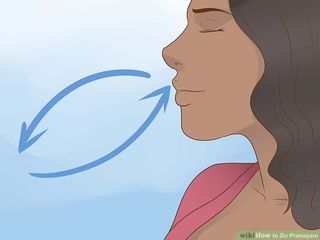
Source: Wikimedia Open source
Pranayama is simple and can be used at all ages. There are no contraindications however as with all yoga practices one should not over do any exercise and seek professional guidance if symptoms emerge.
References
Descilo T, Vedamurtachar A, Gerbarg P, et al. Effects of yoga breath intervention alone and in combination with an exposure therapy for post-traumatic stress disorder and depression in survivors of the 2004 South-East Asia tsunami. Acta Psychiatr Scand. 2010;121:289-300.
Shannahoff-Khalsa DS. Selective unilateral autonomic activation: implications for psychiatry. CNS Spectr. 2007;12:625-634.
Reddy S, Dick A, Gerber M, Mitchell K. The effect of a yoga intervention on alcohol and drug abuse risk in veteran and civilian women and posttraumatic stress disorder. J Alt Comp Med. 2014;20:750-756.
- Touch Therapy for Trauma Recovery - April 19, 2024
- The Soul of Basil - March 12, 2024
- A Comprehensive Guide to Natural Hypothyroidism Treatment - November 17, 2023
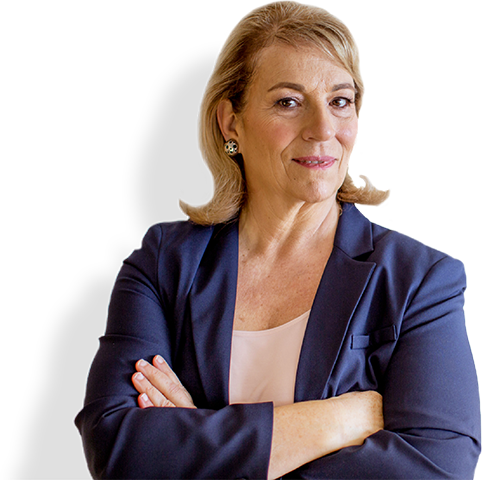
Are You Ready to Advance Your Career?
If you want to advance your career in integrative medicine, explore my courses and certifications.



